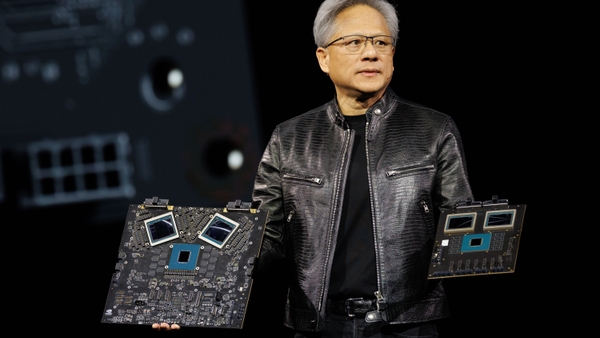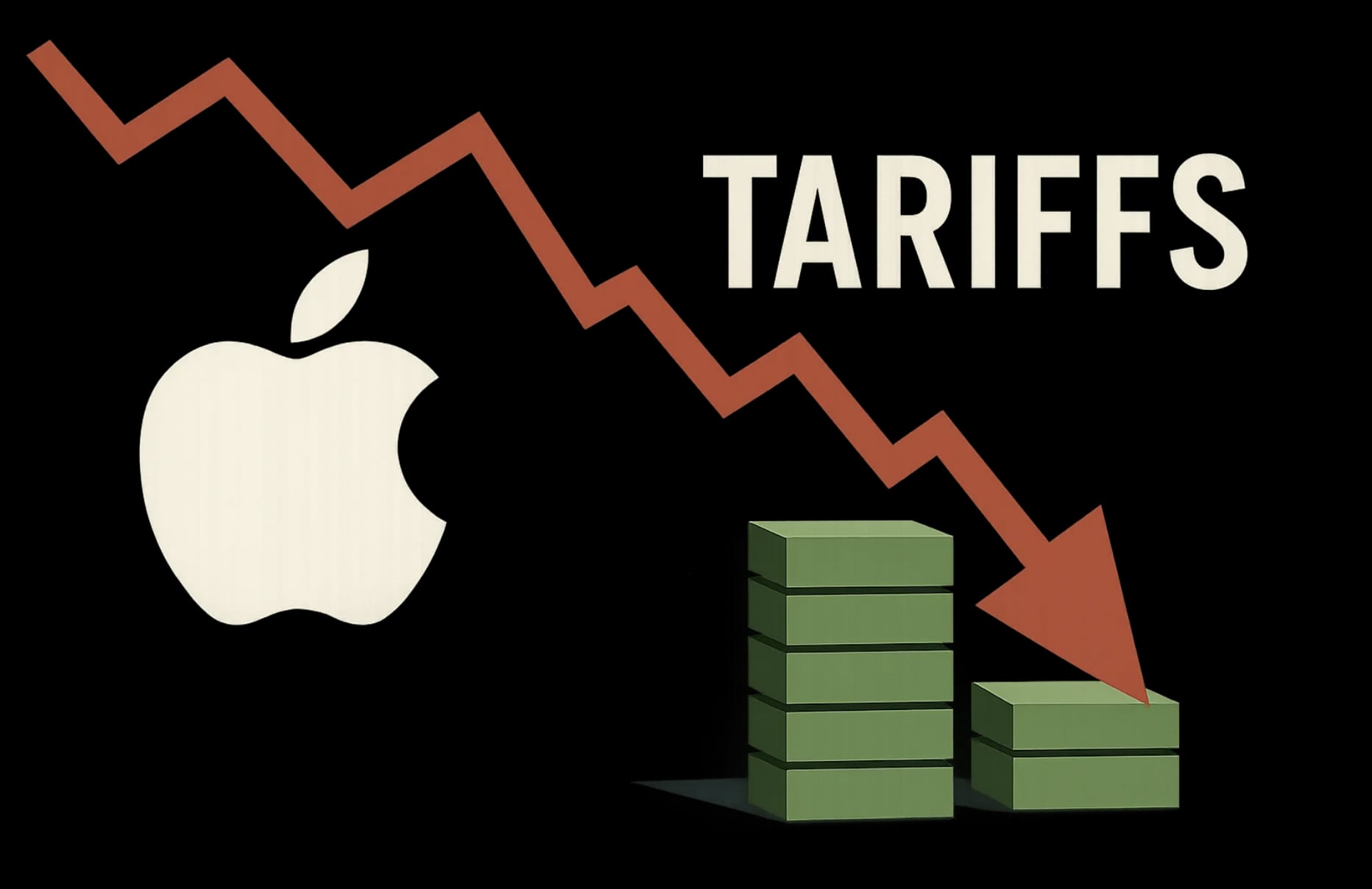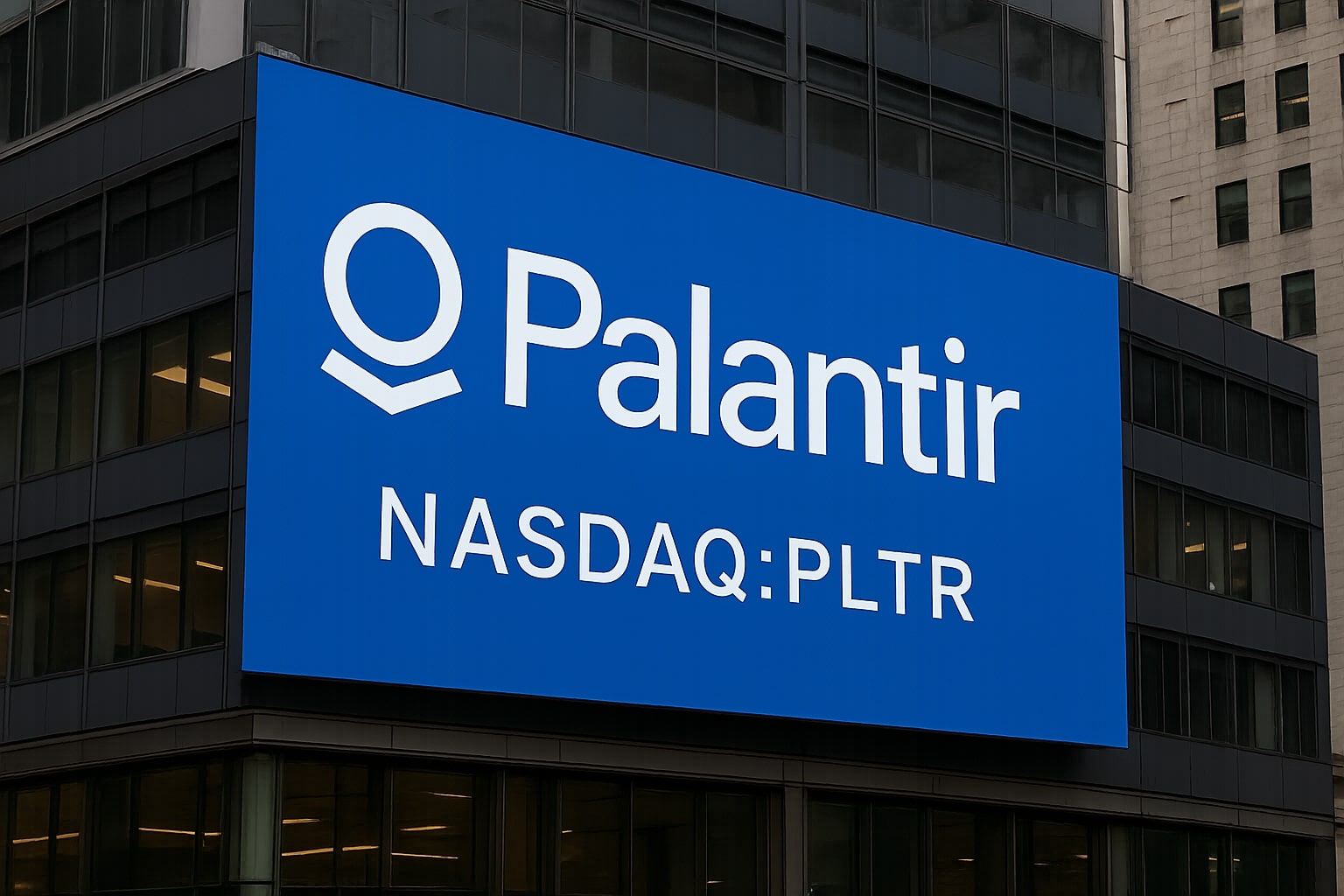Navigating Tariff Pressures and Brand Resilience: Analyzing NASDAQ:AAPL Stock
As of April 8, 2025, NASDAQ:AAPL stock is priced at approximately $172, marking a notable 35% drop from its recent peak. This sharp decline has caught the attention of investors, many of whom are now re-evaluating the long-term prospects of Apple amid the economic uncertainties stirred by President Trump's trade policies. NASDAQ:AAPL stock, once hovering over $260 just a few months ago, now presents an interesting case for value-driven investors as the stock faces both potential headwinds and underlying strengths. The ongoing trade war with China and the threat of additional tariffs have undoubtedly impacted Apple, yet its brand power and diversification strategies continue to make it an attractive option for certain investors.
Trade Tariffs and Their Impact on Apple’s Bottom Line
The Trump Administration's tariff policies have escalated tensions between the U.S. and China, which could significantly impact NASDAQ:AAPL due to its reliance on Chinese manufacturing. The U.S. initially imposed a 10% tariff on Chinese imports, which quickly rose to 20%, and most recently, a further 34% tariff was introduced. In response, China has announced reciprocal tariffs, and the latest development is a potential 104% tariff on U.S. products. As a result, the cost of Apple's products, particularly iPhones, could rise. Some analysts speculate that the price of an iPhone might increase to over $3,500 due to these tariffs. While such a drastic increase seems unlikely, there is no denying that Apple faces higher production costs, which could lead to higher prices for consumers.
The concern is particularly pertinent in the context of a possible economic slowdown. Discretionary spending tends to drop during economic downturns, and Apple’s premium-priced products may not escape the pressures of reduced consumer confidence. AAPL investors are naturally worried about a potential drop in sales volume, especially if consumer sentiment shifts toward more cost-conscious purchasing decisions.
Apple’s Long-Term Brand Resilience Amid Economic Pressures
Despite the challenges posed by the trade war and rising tariffs, NASDAQ:AAPL stock still holds significant appeal in the market. Apple's brand strength remains unmatched, and it continues to be one of the most influential companies in the world. The company has weathered various economic storms in the past, and its robust brand, which commands loyalty and demand, is likely to cushion it from the worst of the tariff fallout. This has created an environment where investors are increasingly seeing Apple as a safe haven, especially in a volatile market.
It’s important to note that while Apple’s product margins may be impacted by higher tariffs, its expanding services sector offers a growth area with high margins. Services, such as Apple Music, iCloud, and the App Store, now account for around 40% of Apple’s overall gross profits. The company has capitalized on its solid ecosystem to create a steady revenue stream from services, with services gross margins standing at 74.4% over the last 12 months. This diversification makes Apple less dependent on its hardware business, allowing it to maintain profitability even amid external pressures.
Apple’s Diversification Strategy and Supply Chain Shifts
In response to the ongoing tariff challenges, NASDAQ:AAPL has taken steps to diversify its manufacturing base. While China remains a significant part of Apple’s supply chain, the company has begun shifting production to other regions, such as India and Southeast Asia, where tariff rates are lower. This shift is intended to reduce the company’s reliance on China and mitigate the risks associated with potential further escalations in the trade war.
However, it’s unlikely that Apple will fully relocate its manufacturing back to the U.S. due to the high costs and logistical challenges involved. U.S.-based manufacturing would increase the price of Apple’s products significantly, which could impact demand. As a result, Apple is likely to continue balancing its global supply chain to minimize the impact of tariffs while keeping production costs in check.
**Valuation Adjustments and Market Sentiment for NASDAQ:AAPL
Given the current trade uncertainties, NASDAQ:AAPL stock has experienced significant volatility. However, despite the broader market downturn, analysts are adjusting their outlooks for Apple, and some are now more optimistic about its near-term prospects. With the stock trading at approximately 10% below its five-year average price-to-earnings (P/E) ratio, AAPL appears to be undervalued relative to its historical performance.
Moreover, AAPL remains a dominant force in major indexes like the S&P 500 and the Nasdaq, and as the largest company in these indexes, it is expected to attract capital flows from investors seeking stability. While the recent sell-off may have been driven by external pressures like tariffs, the stock’s price action indicates that it could find a bottom soon, particularly if the U.S. and China reach a trade resolution.
The Bottom Line: Is NASDAQ:AAPL Stock a Buy Amid the Current Volatility?
Given its strong brand value, diversified revenue streams, and the potential for a resolution of the trade war, NASDAQ:AAPL stock remains an attractive buy, albeit with some short-term risks. The stock has already been significantly impacted by tariff fears and has fallen to a price point that may offer a good entry point for long-term investors. At the time of writing, NASDAQ:AAPL is trading at $172, down nearly 35% from its high, which may signal a potential buying opportunity for investors looking for value in a volatile market.
Although NASDAQ:AAPL faces substantial risks, particularly from the tariff situation, its ability to weather economic storms and adapt to changing market conditions makes it a strong candidate for investors looking for a resilient, long-term asset. Despite the short-term uncertainties, Apple's strong brand, diversification, and services growth trajectory make it a stock worth considering for any balanced portfolio.

















